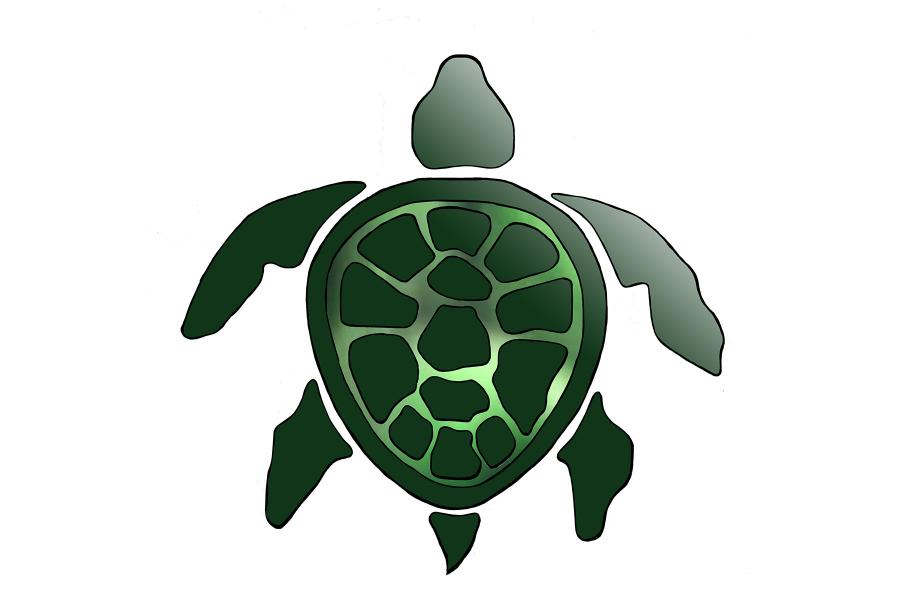Truth
When an “Anishinaubae’ says that someone is telling the truth, he says ‘w’daeb-awae’. It is at the same time a philosophical proposition that, in saying, a speaker casts his words and his voice only as far as his vocabulary and his perception will enable him. In so doing the tribe was denying that there was an absolute truth, that the best a speaker could achieve and a listener expect was the highest degree of accuracy. Somehow the one expression ‘w’daeb-awae’ sets the limits of a single statement as well as setting limits of all speech. (Johnston 101).
Johnston, Basil. “One Generation from Extinction.” EdS. Moses, David Daniel and Goldie, Terry. An Anthology of Canadian Native Literature in English. Toronto, Ontario. Oxford University Press. 1992. 99-104.


